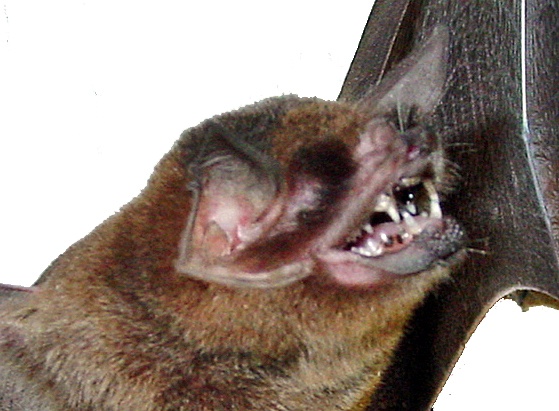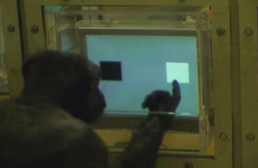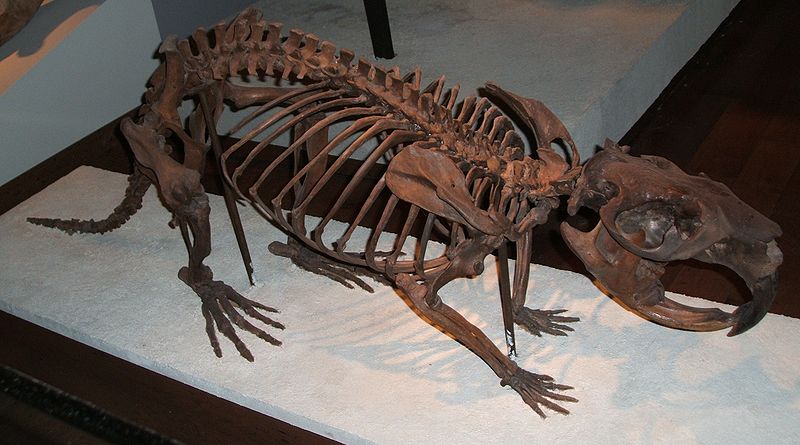Mimic Mimic
When an Indonesian octopus mimics poisonous fish, a smaller fish takes advantage.



Like humans, bats process some types of sounds on the right side of their brains and other sounds on the left side of their brains.

SOUNDS & SENSES - Researchers replay some of the first audio recordings ever made. Chimpanzees, like humans, associate certain sounds with certain colors. Can your posture affect how you perceive numbers? Pigeons that learn to count. And spiders with brainy legs.
Researchers have used reprogrammed human cells to create new muscle tissue in mice.
Like humans, chimpanzees associate high-pitched sounds with bright colors and low-pitched sounds with dark colors.
A blood test reveals how well a patient may respond to a particular antidepressant.
Computer scientists have developed a mathematical model to predict a drug’s side-effects before they can harm patients.

DRUGS & ROCK 'N ROLL - Predicting drug side-effects before they can harm patients. A blood test for antidepressant effectiveness. Is 27 really an unlucky number for famous musicians? Are collecting and hoarding related? And why babies favor vigilante justice.

CHANGING BRAINS - Why London taxi drivers have bigger brains, how eye movements reveal what we've really seen, and why emulating the eye movements of experts produces better surgeons. And, what long-dead brains can tell us about mental illness. Also: how violent video games could be changing young men's brains.

BEHAVIOR, ECOLOGY & ENVIRONMENT - why dirty laundry could be damaging the environment, how to make wine growing compatible with wildlife, what the Monarch butterfly genome can tell us about their epic migrations, and how wasps see faces.
New uses for DNA fingerprinting include tracking deadly tse-tse flies and identifying species from ancient soil samples.

Scientists have sequenced the Monarch butterfly’s genome, to better understand its epic migrations.

THE BRAIN, MOOD & BEHAVIOR - Could dreaming help heal emotional wounds? The relationship between the placebo effect and chronic pain. New research into the genetics of empathy. Also: a computer program to help prevent depression in girls, and exploring sex differences in mood disorders.

The giant beaver went extinct about 10,000 years ago, but it left behind clues to the sounds it may have used to communicate with.
Scientists in China and North America have produced human blood protein from genetically modified rice seeds.

Wildlife often suffer from our insatiable need for agricultural land. But researchers in California are finding that birds and vineyards can actually benefit each other.
Researchers are studying how female and male rats respond differently to stress in order to shed light on why women are disproportionately affected by mood disorders.

Paleontologists have discovered a tiny mammal from the age of the dinosaurs that sported tusks.

EVOLUTION - Did a giant beaver that once roamed North America communicate by whistling? A newly discovered mammalian fossil that sported fangs. And, did the advent of cooking drive human evolution? Also: new research suggests that Neanderthals' shorter legs were actually an advantage for navigating mountainous terrain.
Scientists have designed a pacemaker that restarts the heart with light instead of electricity.
